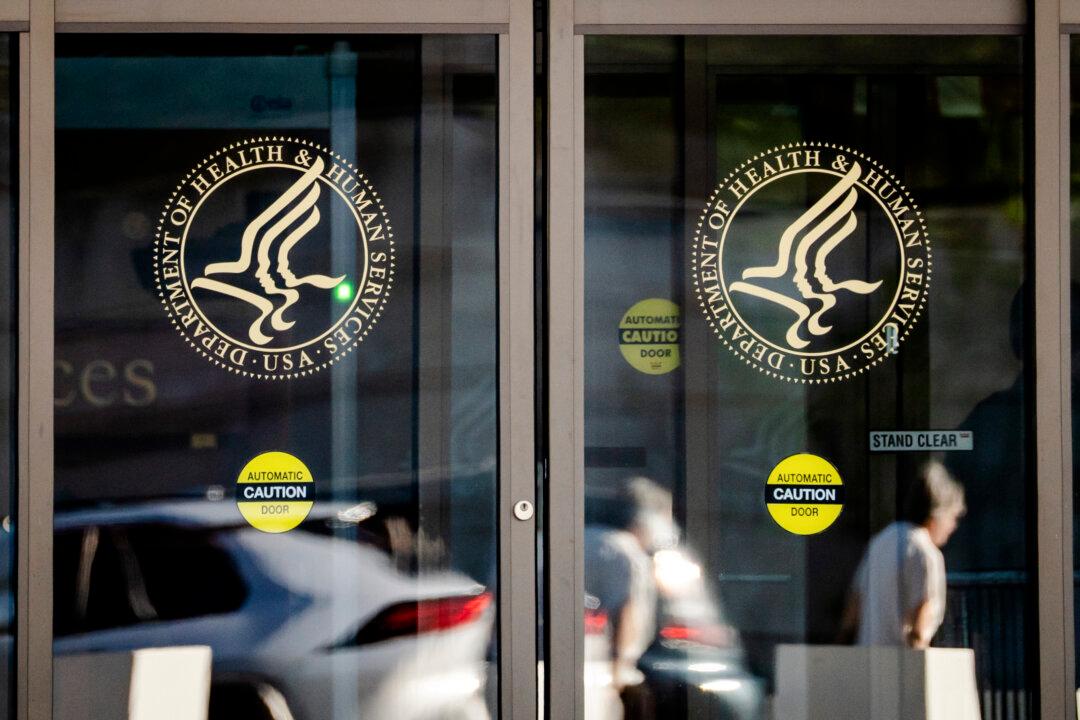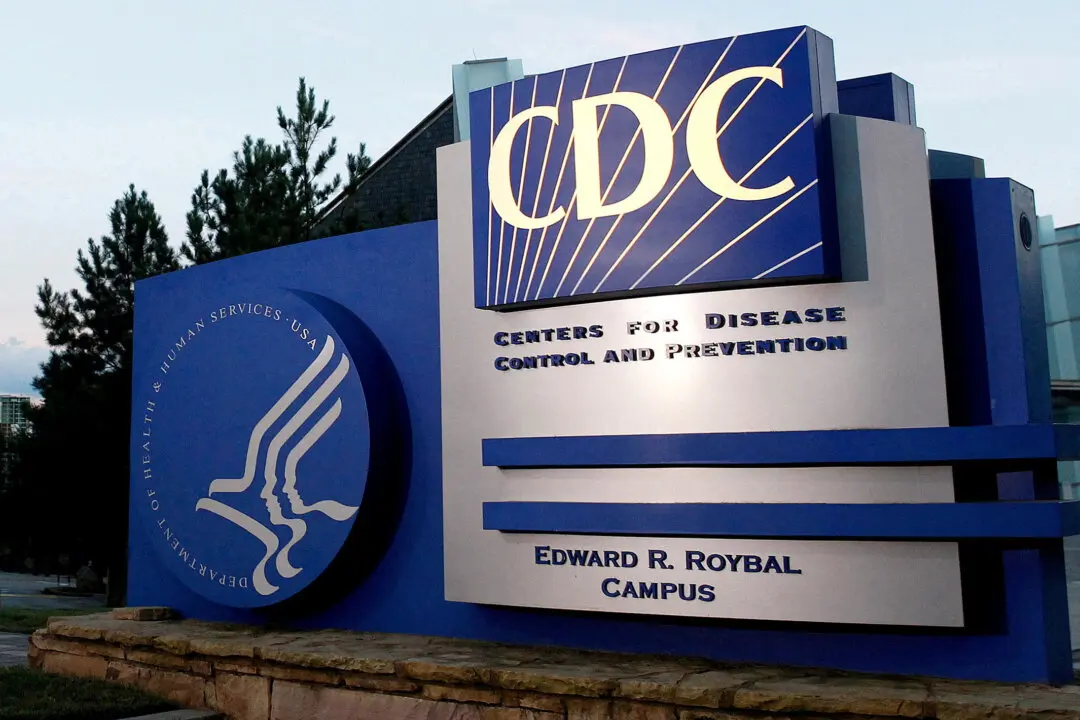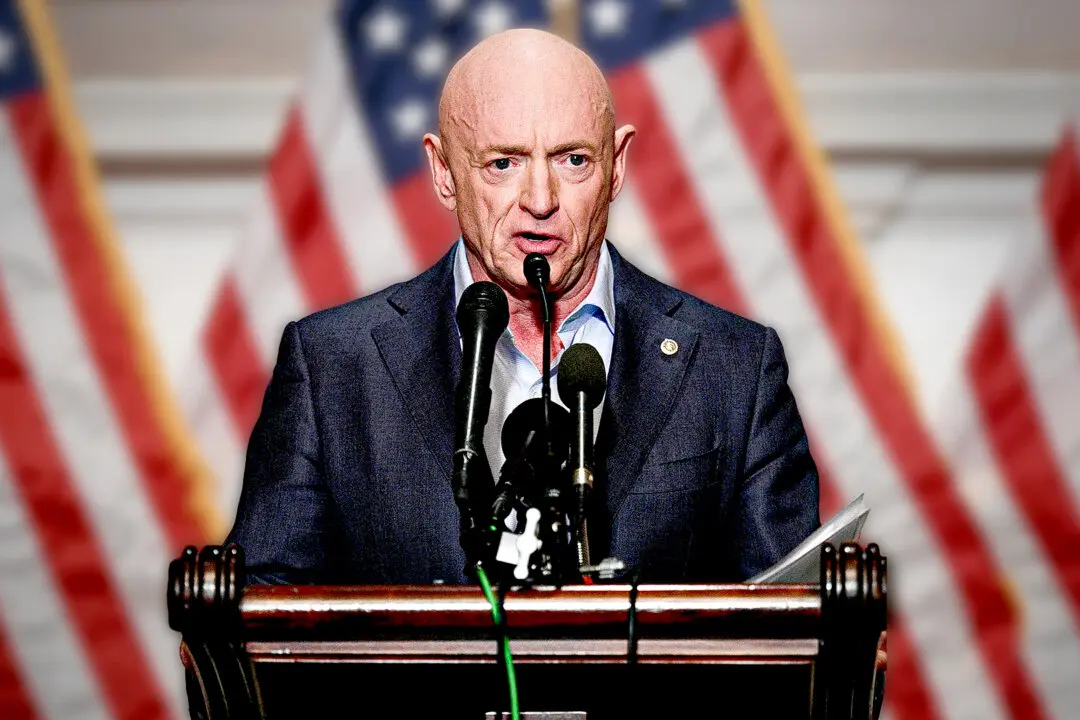Protection against hospitalization from bivalent COVID-19 vaccines quickly dropped over time, according to U.S. Centers for Disease Control and Prevention (CDC) data presented on Sept. 12.
For adults aged 18 to 64 with healthy immune systems, the protection from the old monovalent shots was just 15 percent, according to data from the CDC’s VISION network.





